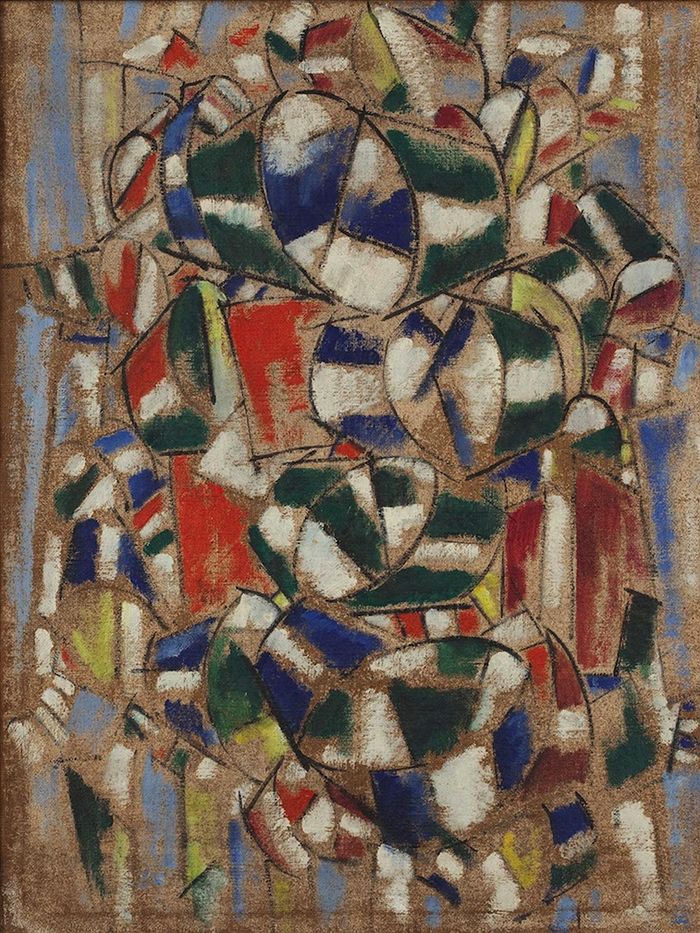Law & Politics
Radioactive Carbon Levels Prove Guggenheim Léger Is a Forgery


Sarah Cascone

A painting purchased by collector Peggy Guggenheim once attributed to Fernand Léger has been proven fake thanks to its radioactive carbon levels. The sample was tested using a new carbon 14 dating method that compares results to a “bomb peak” curve that represents the increased presence of radioactive carbon in the atmosphere (and, by extension, in living organisms such as the cotton used to make artists’ canvases) as a result of the proliferation of nuclear bombing tests in the mid-1950s. The levels were at their highest towards the mid-1960s, tapering off as international treaties banned additional nuclear testing.
Léger was initially thought to have made the painting between 1913 and 1914, as part of his abstract series “Contraste de Forms.” The work’s authenticity was called into question by Douglas Cooper, a Léger scholar, in the 1970s, and the Solomon R. Guggenheim Foundation has not exhibited or cataloged the painting since. The testing was performed on a small piece of the cotton canvas by the Italian Institute for Nuclear Physics. An electrostatic accelerator found high carbon levels that would only be present if the work was from 1959 or later, proving the piece cannot be part of the original series. Nor is it a later work by the artist, as Léger died in 1955.
Reportedly, this is the first time that radiocarbon dating has uncovered a contemporary art forgery.